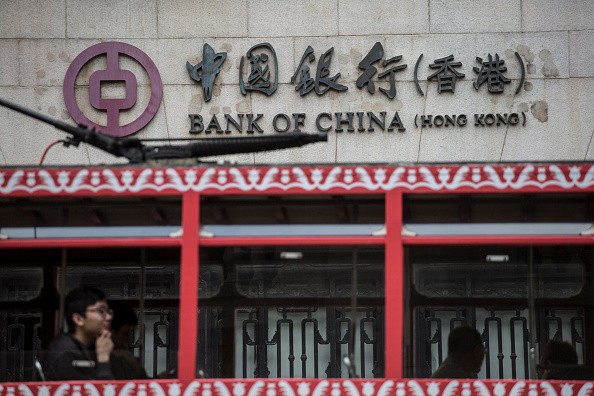New analysis by the Financial Times, a leading business news and information organization, shows that China's banking system has already overtaken the eurozone to become the world's biggest in terms of assets. This reflects the country's increasing global influence as well as reliance on growth driven by debt.
FT stated that China's gross domestic product surpassed Europe's in 2011 when it comes to market exchange rates. Its banking system did not take over the top until the end of 2016.
The banking system grew when the Chinese government unleashed aggressive monetary and fiscal stimulus to soften the impact of the global crisis, which then increased bank lending in the country.
Eswar Prasad, an economist at Cornell University and former head of the China division at the International Monetary Fund, said: “The massive size of China’s banking system is less a cause for celebration than a sign of an economy overly dependent on bank-financed investment, beset by inefficient resource allocation, and subject to enormous credit risks.”
Statistics show that Chinese bank assets reached $33 trillion at the end of 2016, $2 trillion higher compared to the eurozone's.
According to FT's analysis, the value of China’s banking system is more than 3.1 times the size of the country’s annual economic output.
Economists say that the Chinese local government has relied heavily on bank loans in order to finance infrastructure.
“There’s a lot of hidden sovereign credit within the corporate loans on bank balance sheets, which can distort the picture when you do a cross-country comparison,” said Hou Wei, China banks analyst at Sanford C Bernstein in Hong Kong.
Experts say that while the world’s three largest banks are Chinese, the true scale of Chinese banks is understated.
To boost efforts to curb capital outflow and fight corruption, China's authorities have announced a crackdown on underground banking. The authorities recently signaled an intention to shift policy focus away from stimulus toward risk control.



























